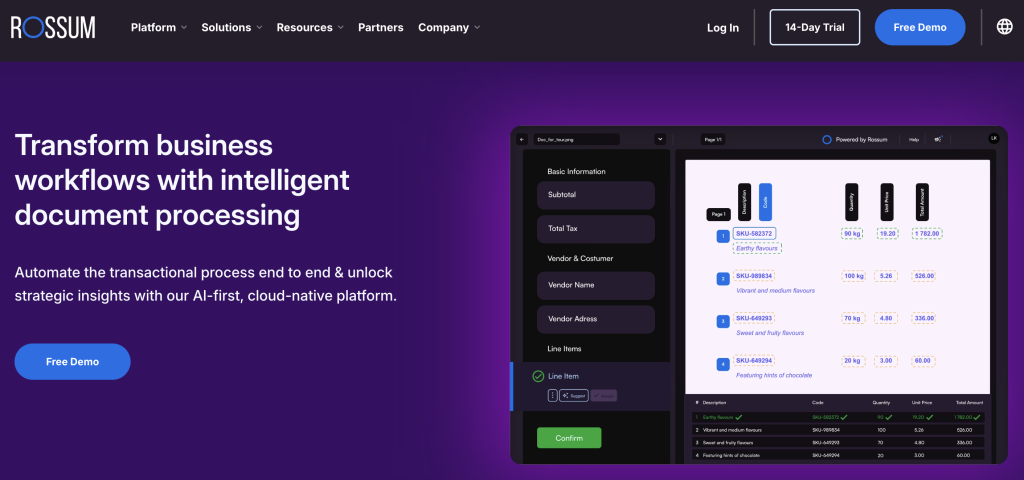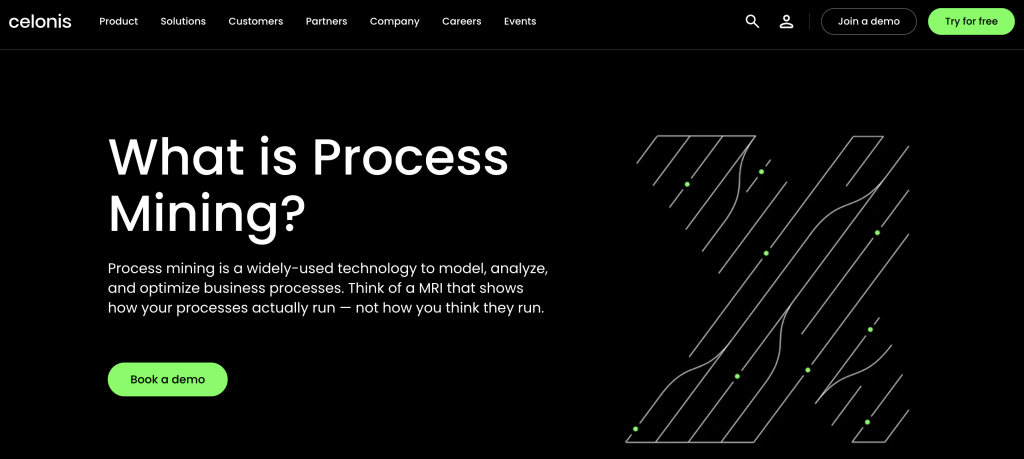Best Intelligent Automation Tools for 2025
Businesses are under pressure to do more with less. Manual tasks waste time, and rising customer expectations demand speed. Intelligent automation tools solve these challenges by combining AI with automation to streamline work. This guide covers everything you need to know – plus the top software for 2025.
Download your free eBook… Your AP Automation Wake-Up Call.
Calculating the Cost of Doing Nothing [2025 Edition].
Your business becomes irrelevant. Your competitors leave you standing. You’re done.
What is intelligent automation: Definition
Intelligent automation can be defined as the combination of technologies such as artificial intelligence, robotic process automation or business process management to create systems that streamline processes within an organization. It is also sometimes called cognitive automation.
Intelligent automation vs. automation: What’s the difference?
Traditional automation executes predefined tasks without deviation. Think assembly line robots or basic data entry macros. These systems excel at repetitive, rule-based tasks but falter when faced with exceptions or variations.
Intelligent automation adapts to changing circumstances. It can:
- Process unstructured data like emails, images, and documents
- Make decisions based on probability and context
- Learn from mistakes and improve over time
- Handle complex workflows with multiple variables
- Operate without constant human supervision
Signs your business is ready for intelligent automation
Your business may be ready for intelligent automation if manual inefficiencies are slowing you down. If employees spend too much time on data entry or document processing, it’s a sign that automation could free them for more valuable work.
Similarly, bottlenecks in decision-making can delay critical business processes, while slow customer response times risk damaging satisfaction and loyalty. If legacy systems are struggling to keep up, it’s time for an upgrade.
Another potential sign would be siloed data making it difficult to get a complete view of operations. High error rates in manual processes add cost, risk, and compliance headaches.
Intelligent automation transforms business operations across industries.
- Customer service: Deploy AI agents that retrieve relevant information, and solve customer problems.
- HR operations: Streamline recruitment by screening resumes, scheduling interviews, and answering candidate questions.
- Financial operations: Automate accounts payable/receivable processes, reconciliations, and regulatory reporting.
- Supply chain management: Predict inventory needs, optimize routing, and automate purchase order processing.
- And more.
Building a business case for implementation
A strong business case for an intelligent automation software starts with the numbers. Outline current process costs, including labor, errors, delays, and missed opportunities. Compare this with implementation costs – software, services, and training – to show the investment required.
Highlight the expected ROI, from productivity gains and error reduction to improved customer satisfaction. Don’t forget the soft benefits: happier employees, a competitive edge, and faster decision-making.
Include a clear implementation timeline, resource requirements, and a plan to mitigate potential risks. Prioritize processes that deliver the highest return with the least complexity for a quick, impactful win.
How to choose an intelligent automation software: Essential features and capabilities
Look for these key capabilities when evaluating intelligent automation tools:
- AI/ML capabilities: Strong machine learning foundations that specialize in the type of documents / images / etc. you want to process.
- No-code/low-code interface: Visual development environments that enable business users to create automations.
- Advanced analytics: Dashboards and reporting features that track performance and identify optimization opportunities.
- Exception handling: Sophisticated workflows for managing cases that require human intervention.
- Scalability: Ability to handle enterprise-level workloads without performance degradation.
- Integration with your current tech stack (ERP, legacy systems, etc): Evaluate vendors based on their pre-built connectors, API capabilities, and integration success stories in environments similar to yours.
Download a sample RFP for intelligent document processing
Security and compliance considerations
As intelligent automation handles sensitive data and critical processes, security becomes paramount:
- Data encryption (in transit and at rest)
- Role-based access controls
- Audit logging and monitoring
- Compliance certifications (SOC 2, GDPR, HIPAA, etc.)
- Secure credential management
- Disaster recovery capabilities
Request security documentation and third-party assessment reports from vendors during evaluation.
Implementation timeline and resource requirements
A typical intelligent automation implementation follows these phases:
- Discovery (2-4 weeks): Define requirements and identify ideal processes.
- Workflow process mapping (3-6 weeks): Create automation workflows and integration points.
- Development (4-8 weeks): Build and test the solution.
- Deployment (2-4 weeks): Roll out to production environment.
- Optimization (Ongoing): Monitor performance and refine automations.
Top intelligent automation tools for 2025
Rossum
Best for: End-to-end document processing with minimal configuration

Rossum excels at processing documents with varying formats without requiring template setup. Their platform features enhanced cognitive capabilities, with a proprietary LLM for transactional documents that significantly improves accuracy and processing speed, and an intuitive user interface designed for business users.
IBM Automation
Best for: Deep integration of AI and automation in complex environments

IBM combines Watson AI capabilities with robust automation tools to create a powerful enterprise platform. Their current offering emphasizes responsible AI, governance, and enterprise-scale deployments. However, IBM Automation demands substantial technical expertise for successful implementation and carries a higher total cost of ownership compared to many alternatives in the market.
Read our build vs buy article to better understand the benefits of each model.
Microsoft Power Automate
Best for: Organizations heavily invested in Microsoft ecosystem

Microsoft has aggressively expanded Power Automate’s capabilities, integrating GPT-4 Turbo, advanced document processing, and sophisticated workflow capabilities. While its document understanding capabilities are still maturing, it remains a compelling option for companies heavily invested in the Microsoft ecosystem with internal resources available for maintenance.
Celonis Process Mining & Automation
Best for: Data-driven process optimization and automation

Celonis combines process mining with intelligent automation, offering real-time monitoring, AI-driven recommendations, and seamless integration with major systems. It delivers deep process insights and measurable impact but comes at a higher price with a steeper learning curve.
Resources and next steps
Ready to explore intelligent automation tools for your organization? Here’s how to proceed:
- Assess your current state: Inventory your processes and identify high-impact automation candidates.
- Build internal knowledge: Educate key stakeholders on IA concepts and potential benefits
- Start small: Select a pilot process with clear ROI potential.
- Select partners carefully: Evaluate vendors based on your specific requirements.
- Develop governance: Create standards for development, security, and management.
- Scale methodically: Expand from your initial success with a clear roadmap.
Intelligent automation requires commitment but delivers transformative results. Organizations that embrace these technologies today will gain significant competitive advantages in the increasingly digital business landscape.